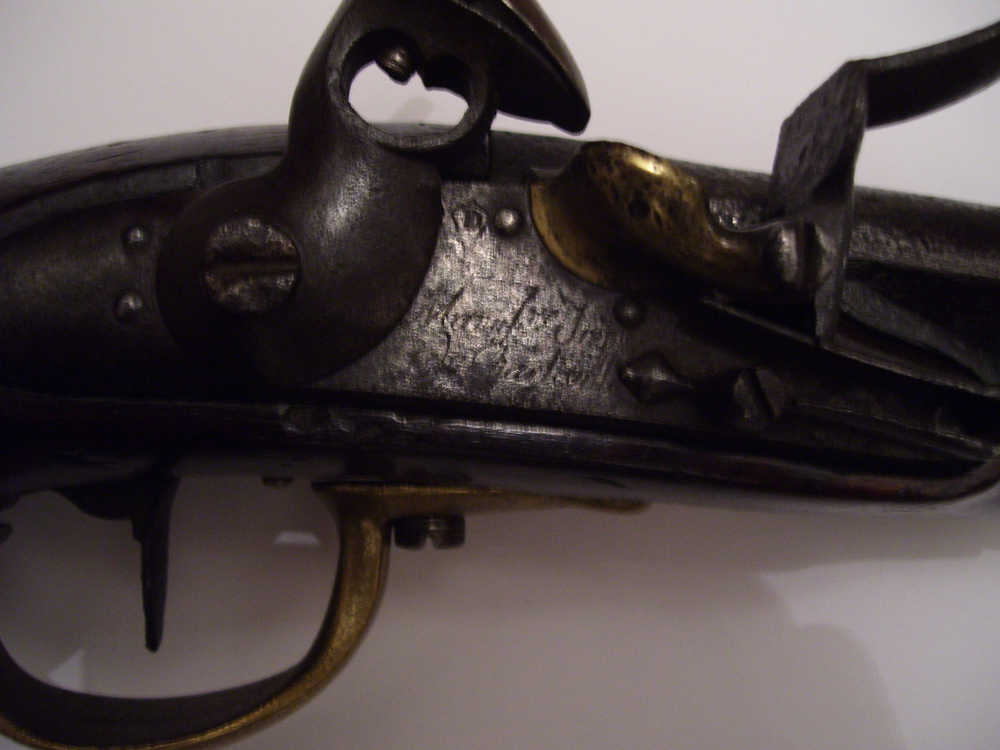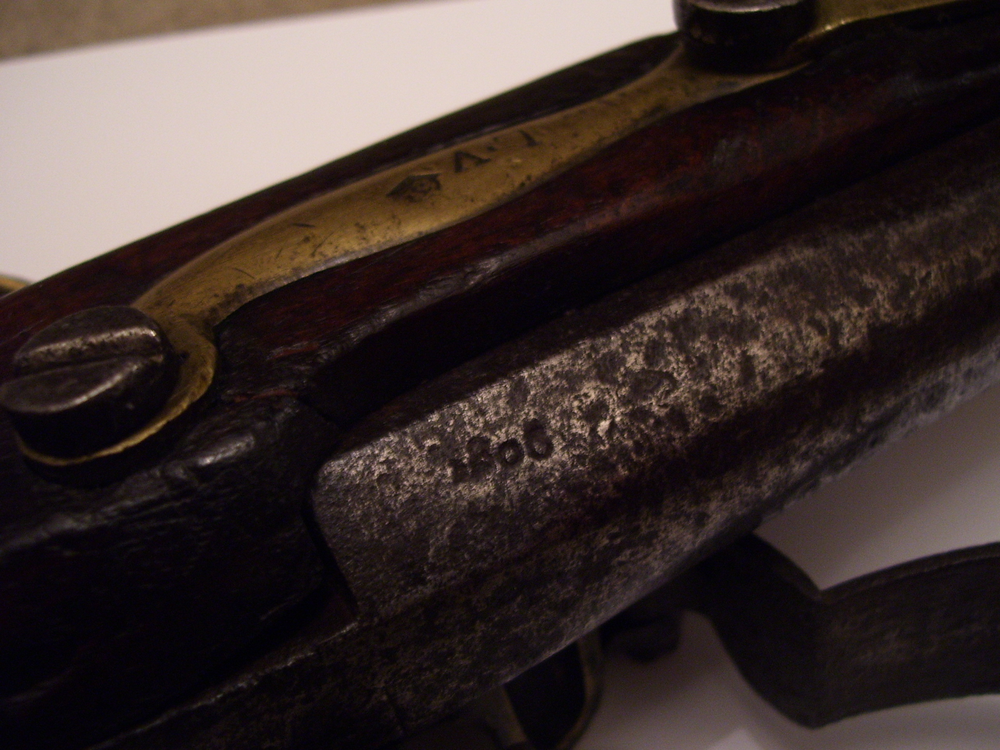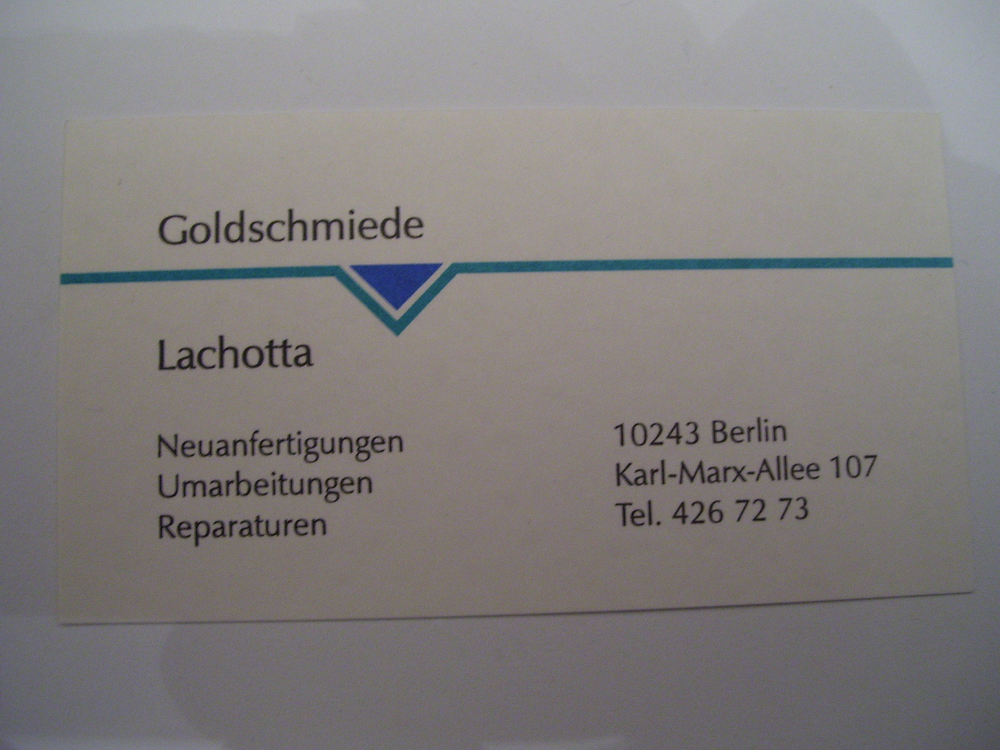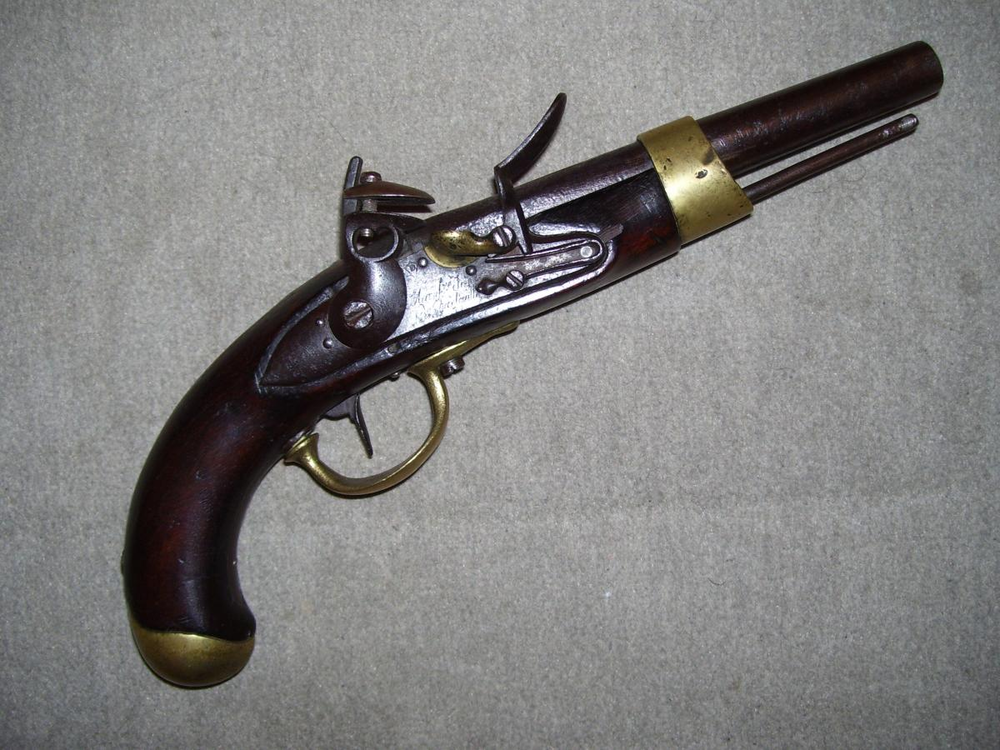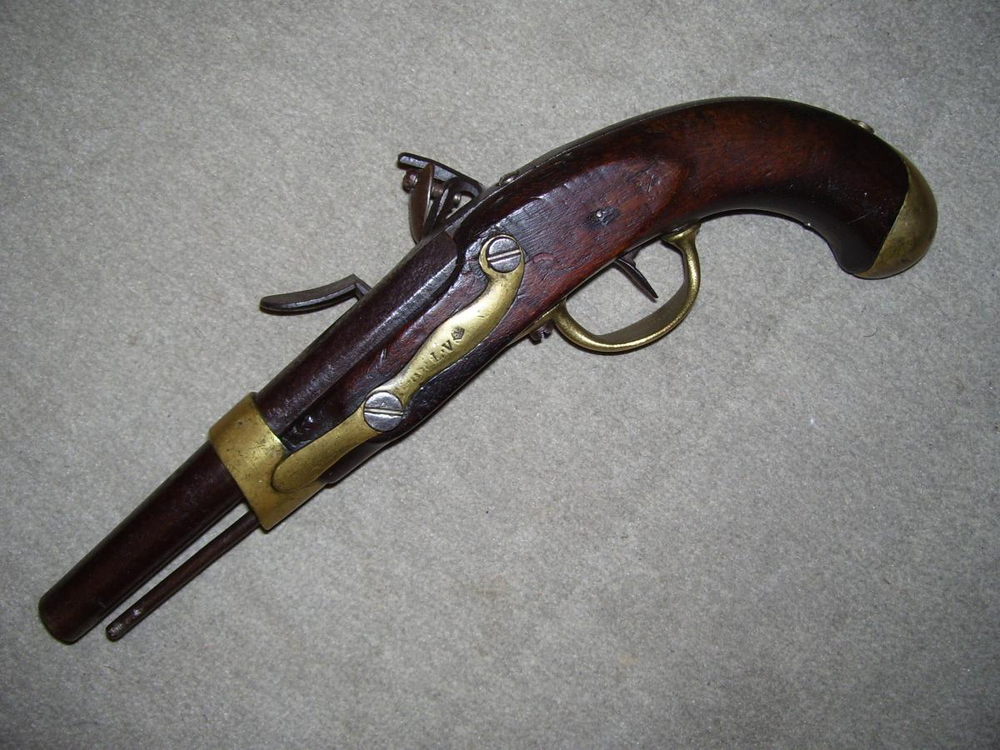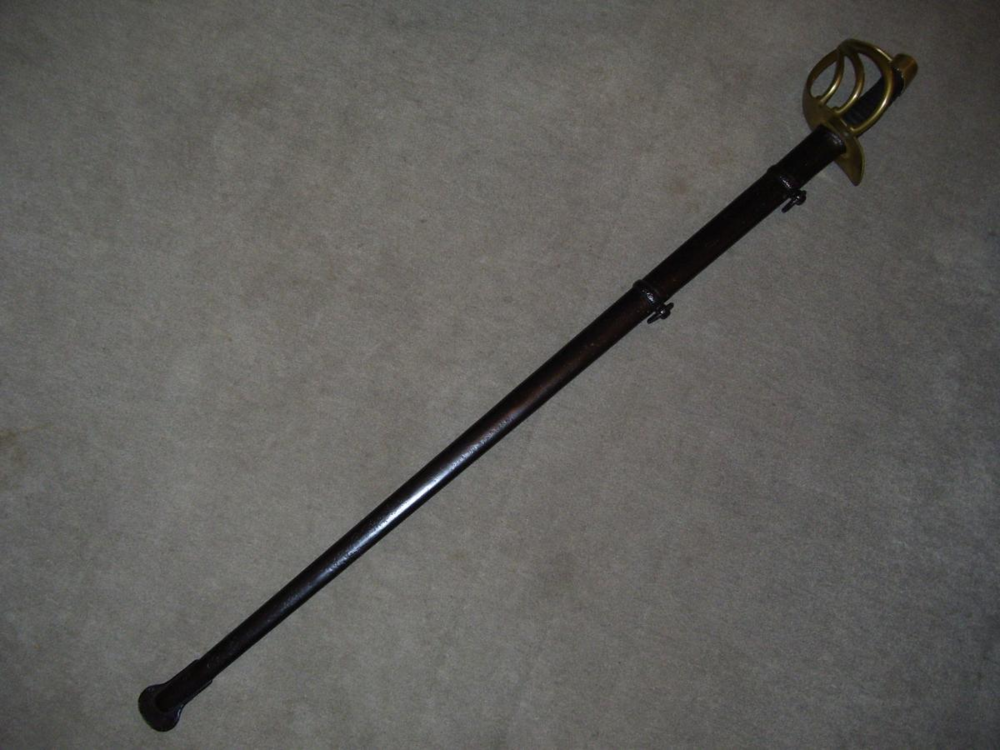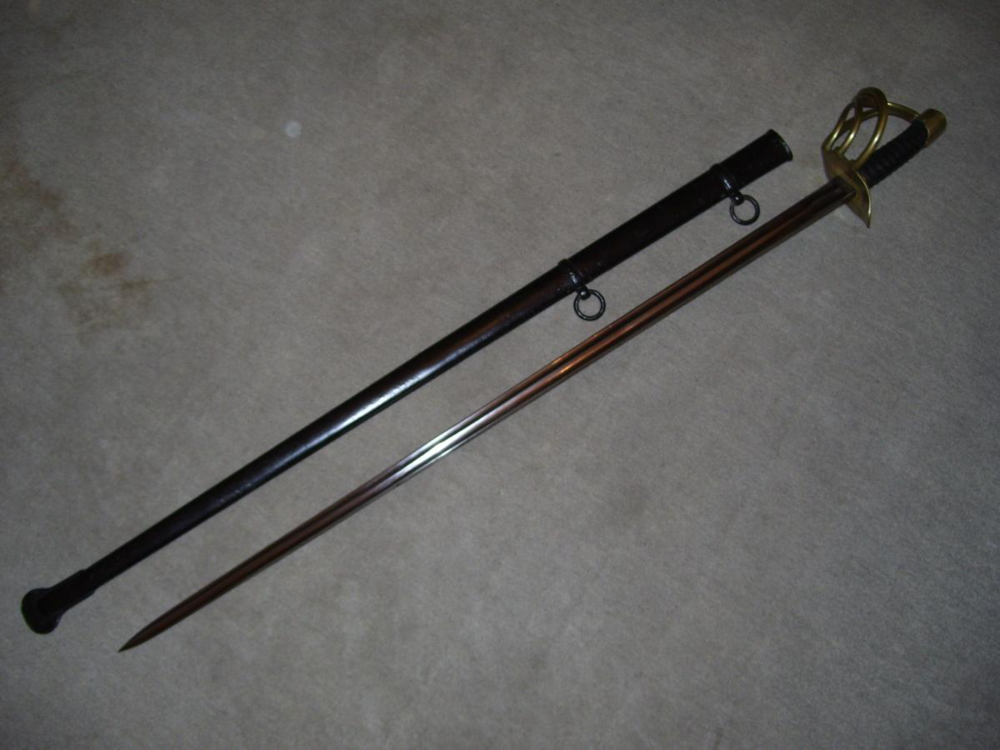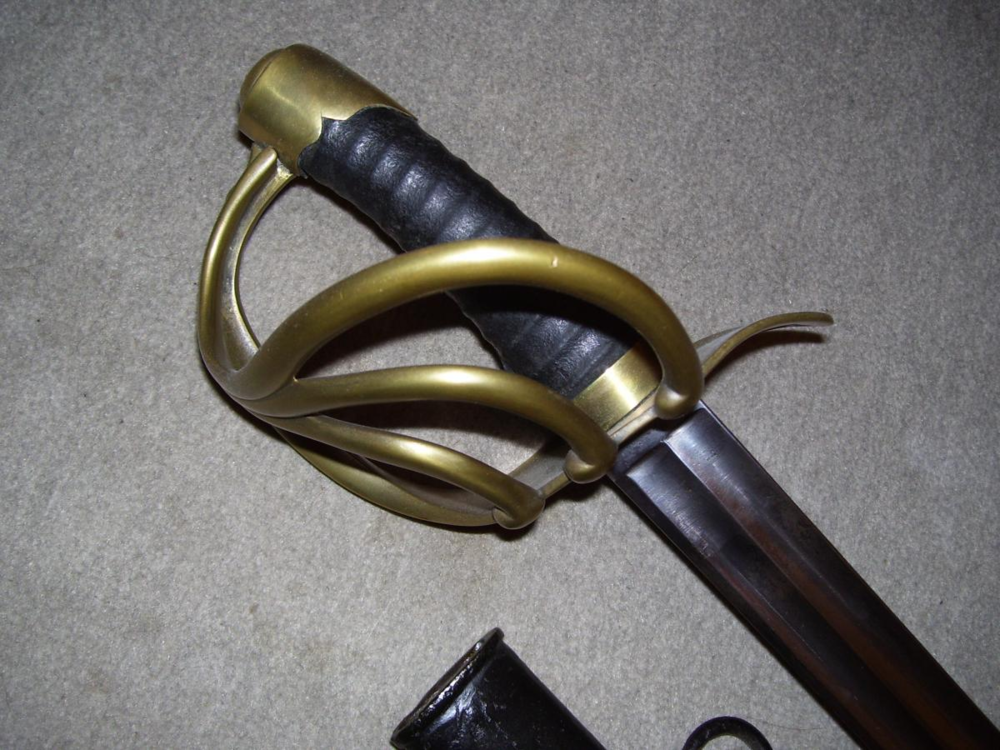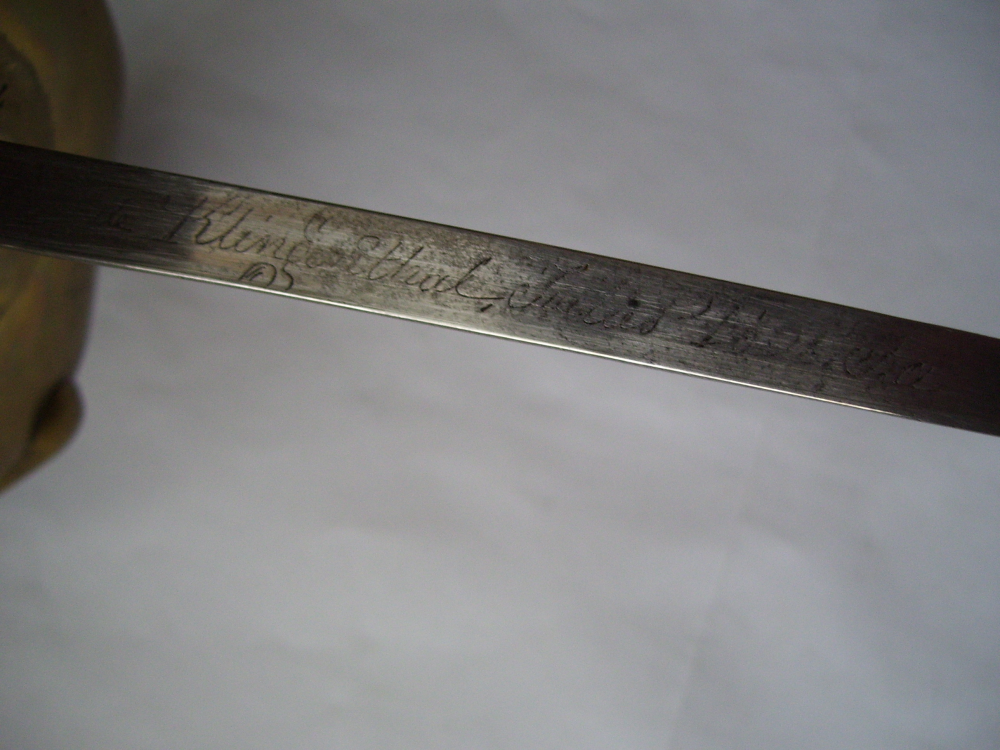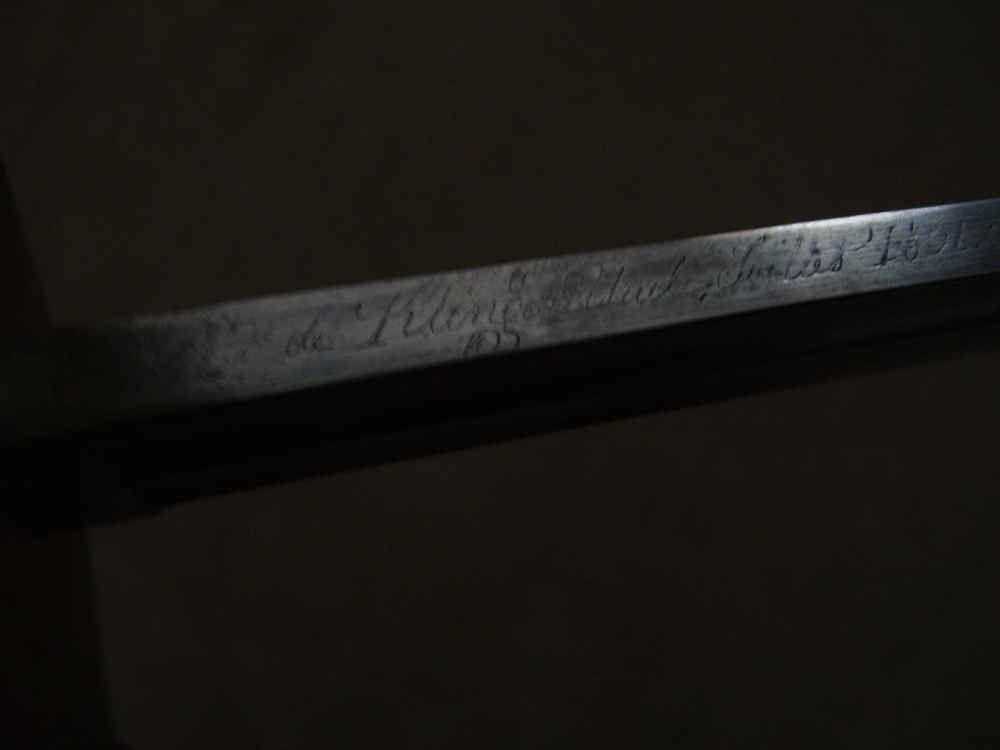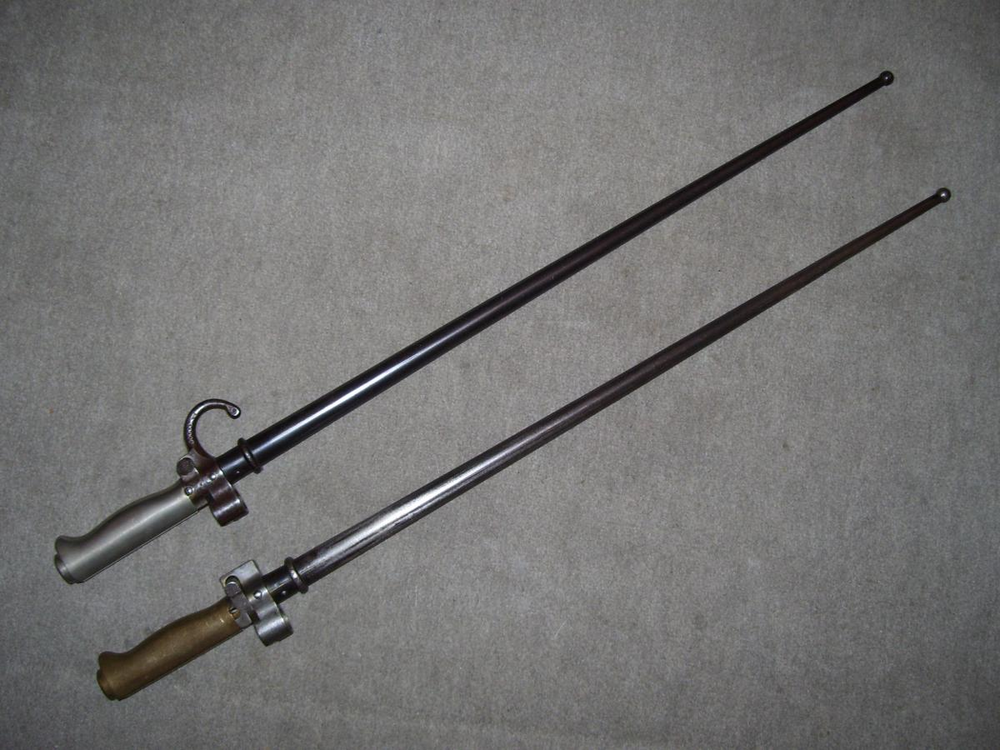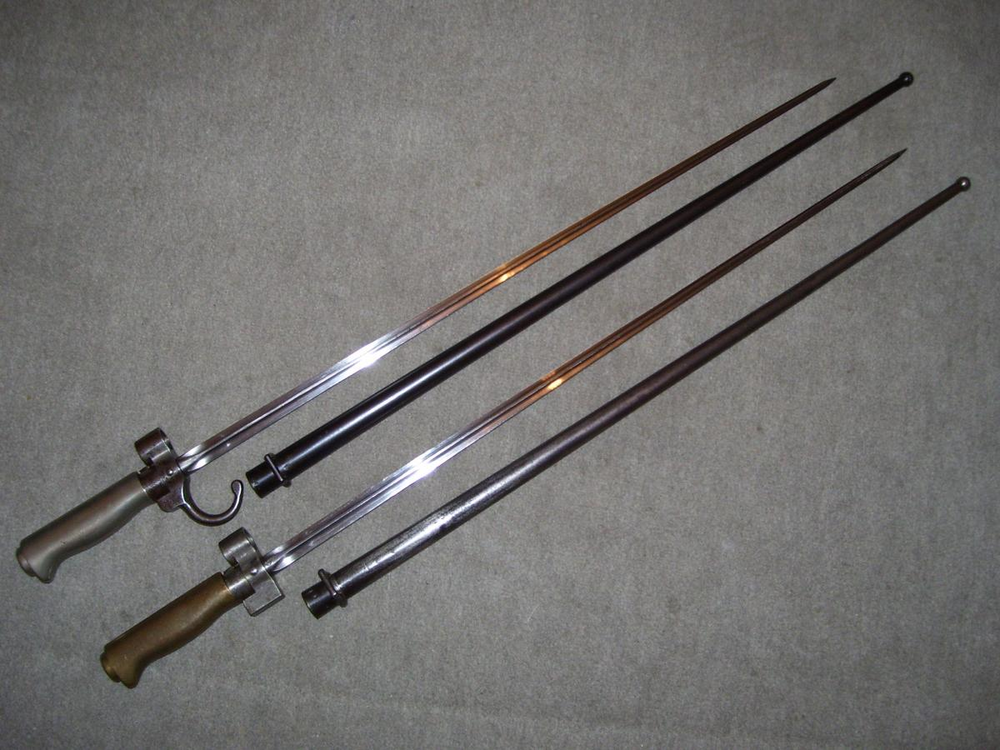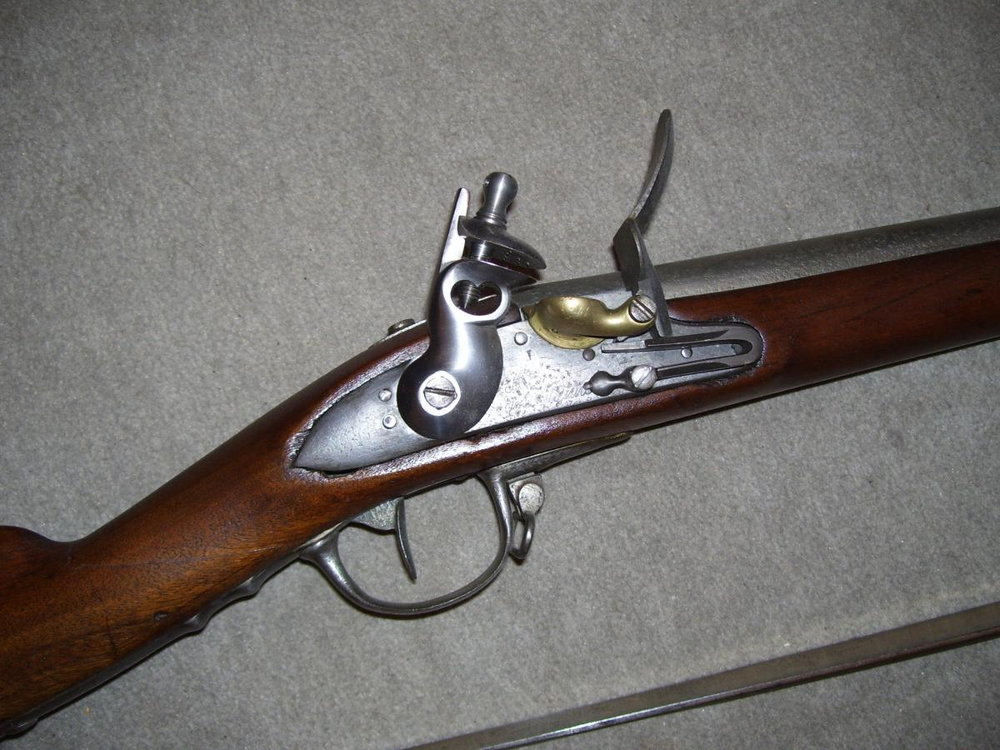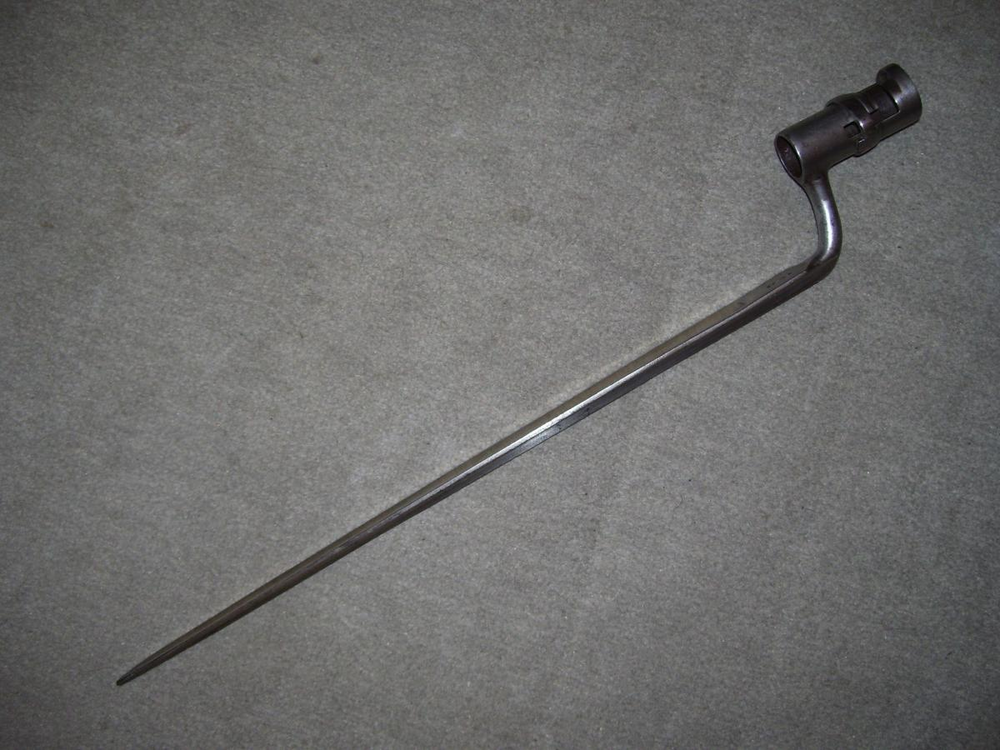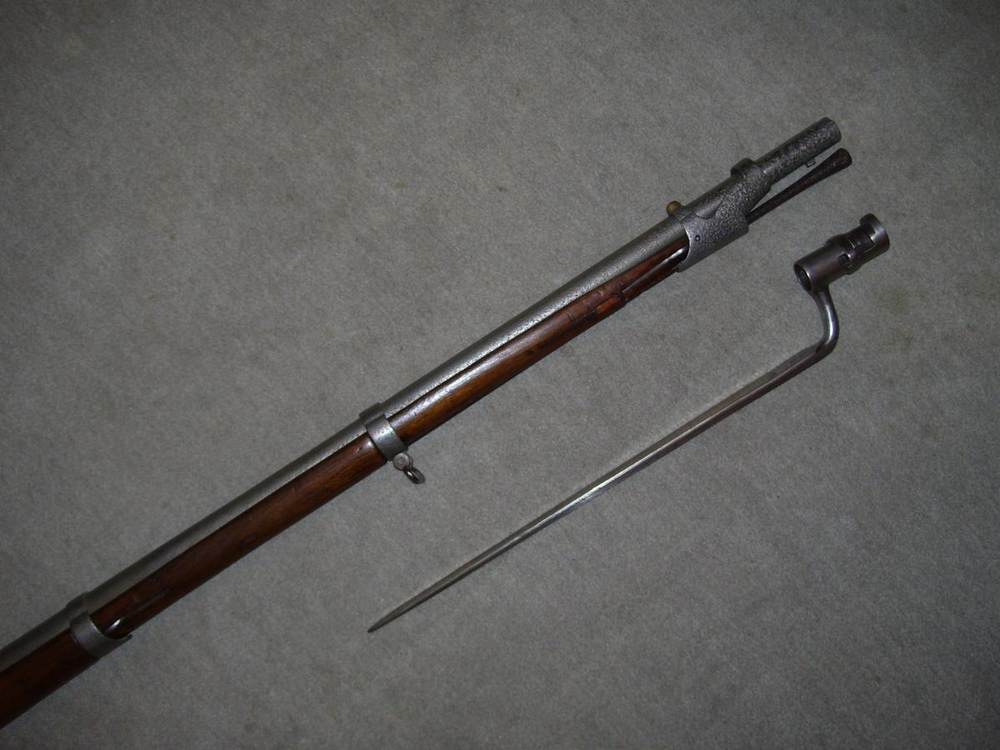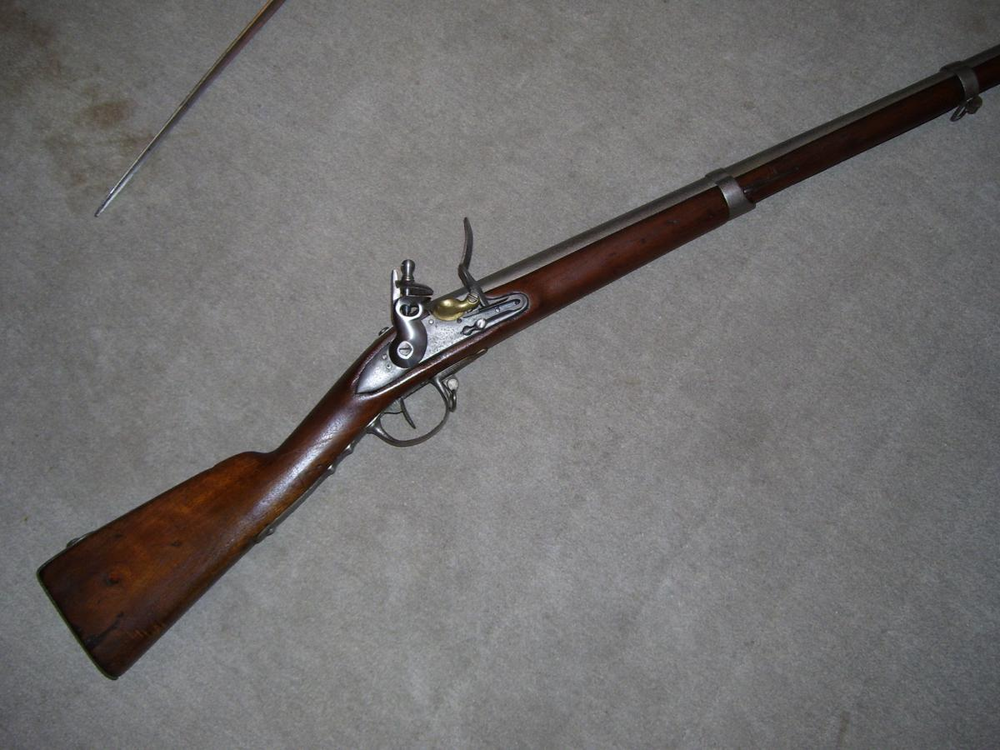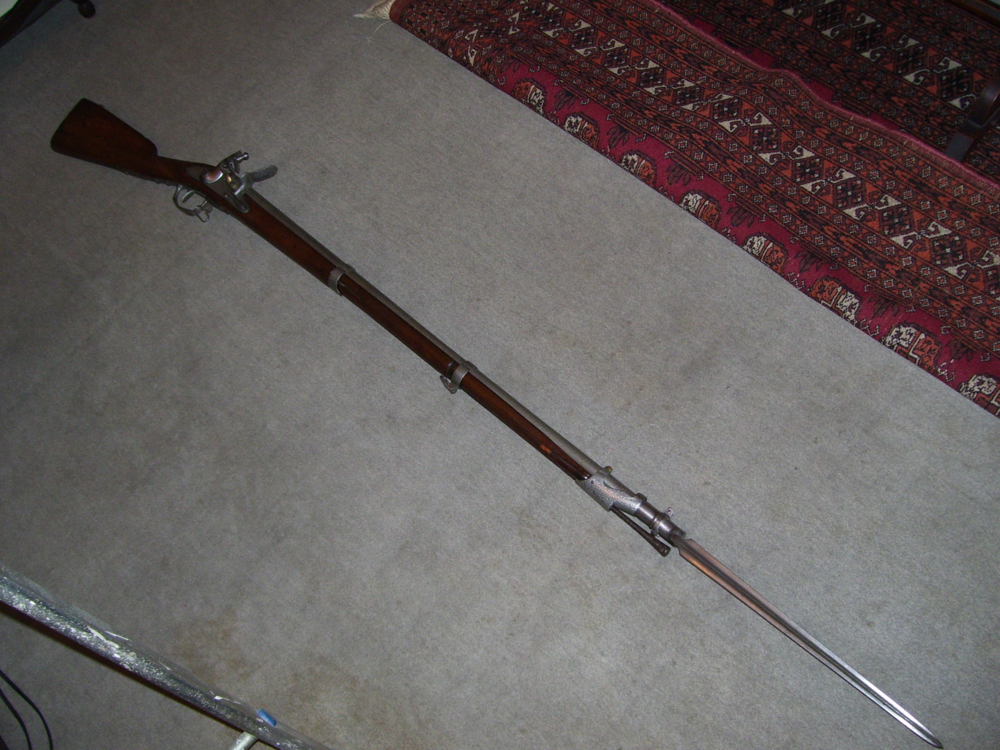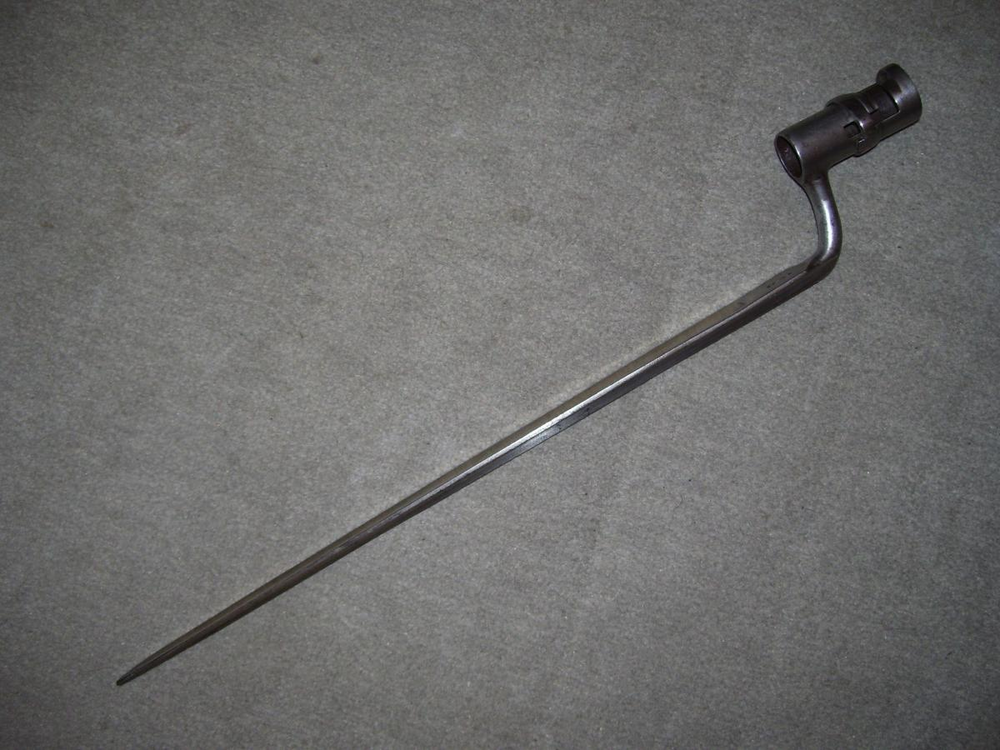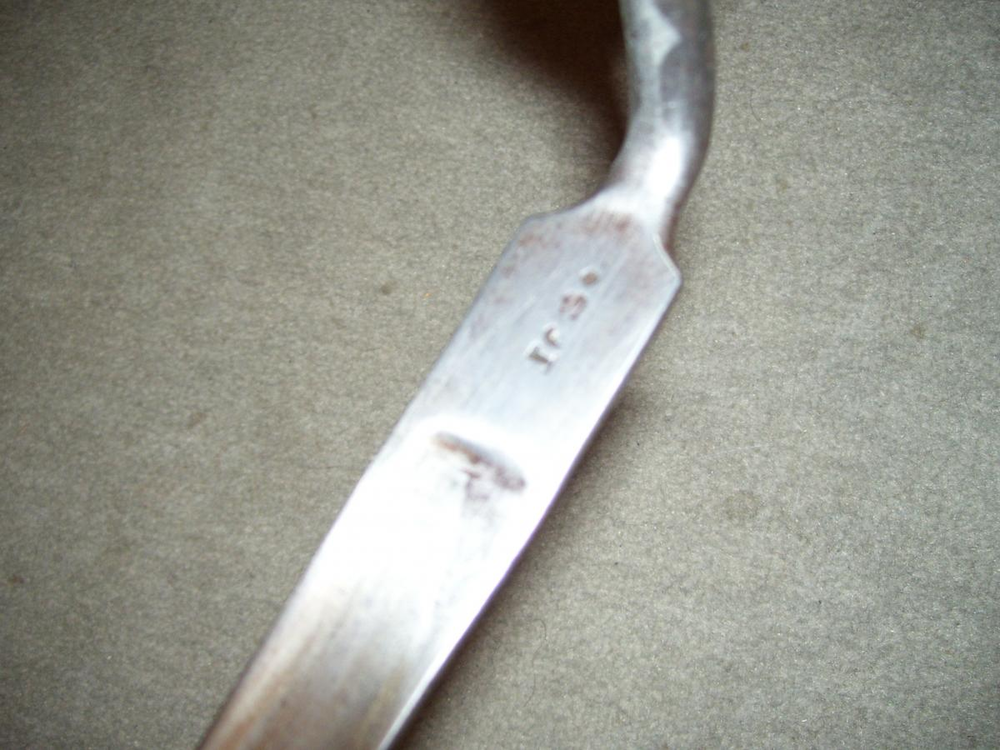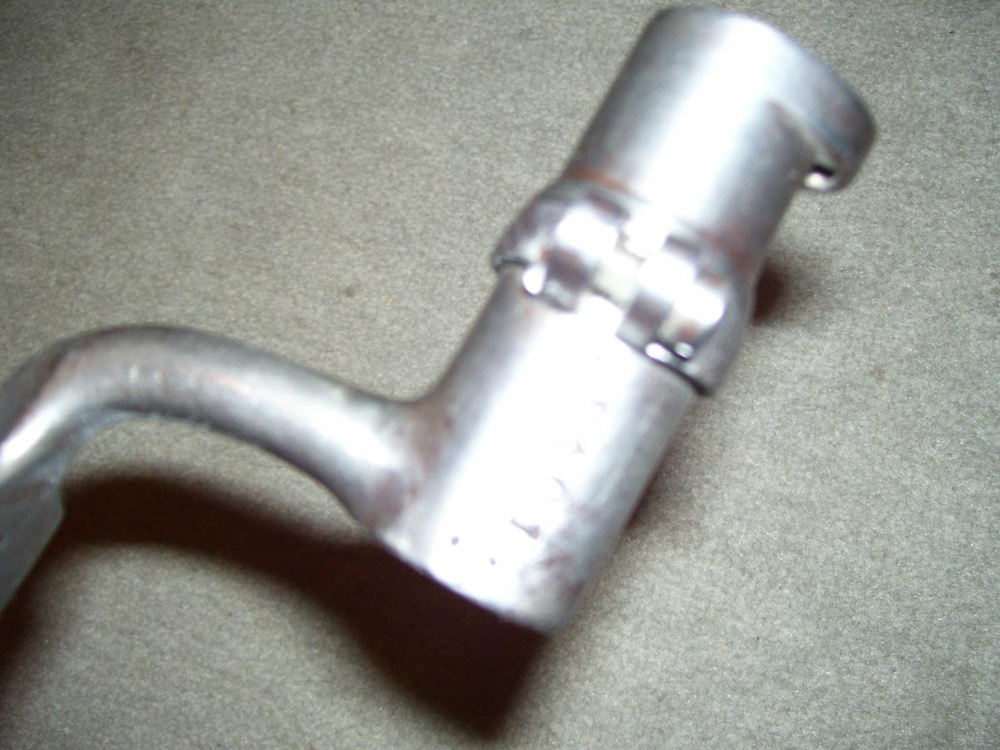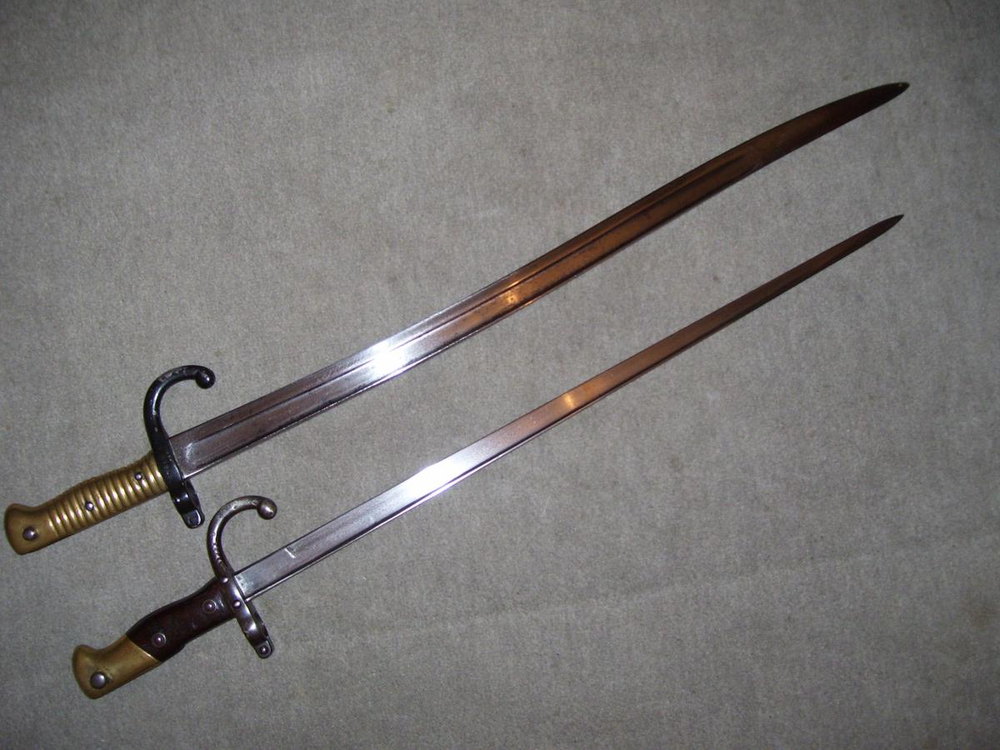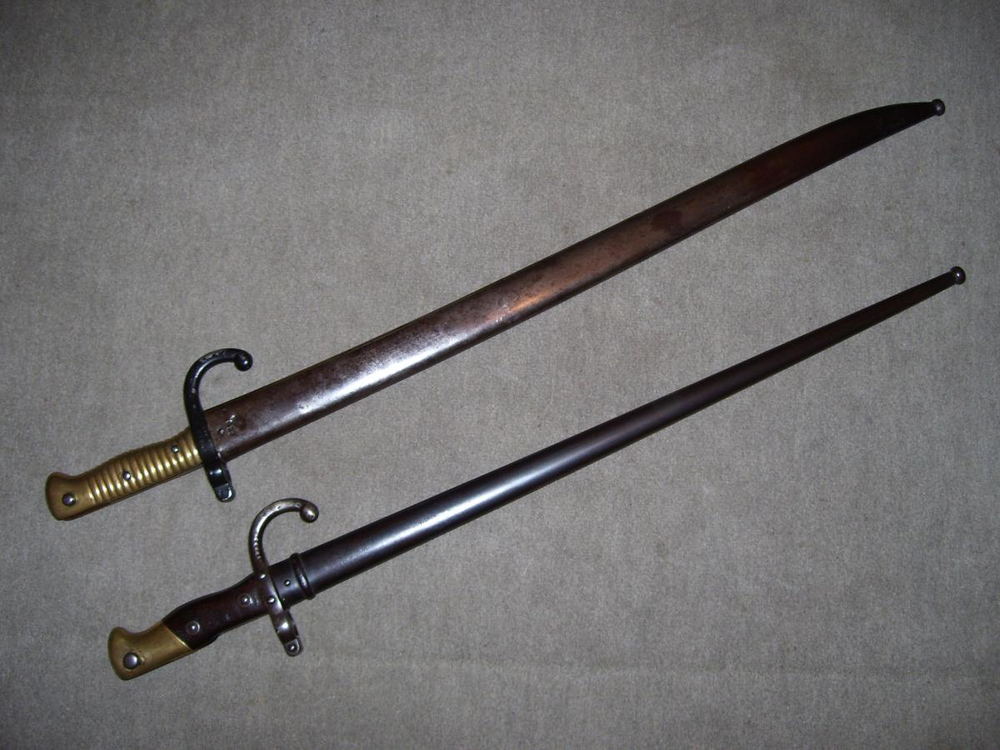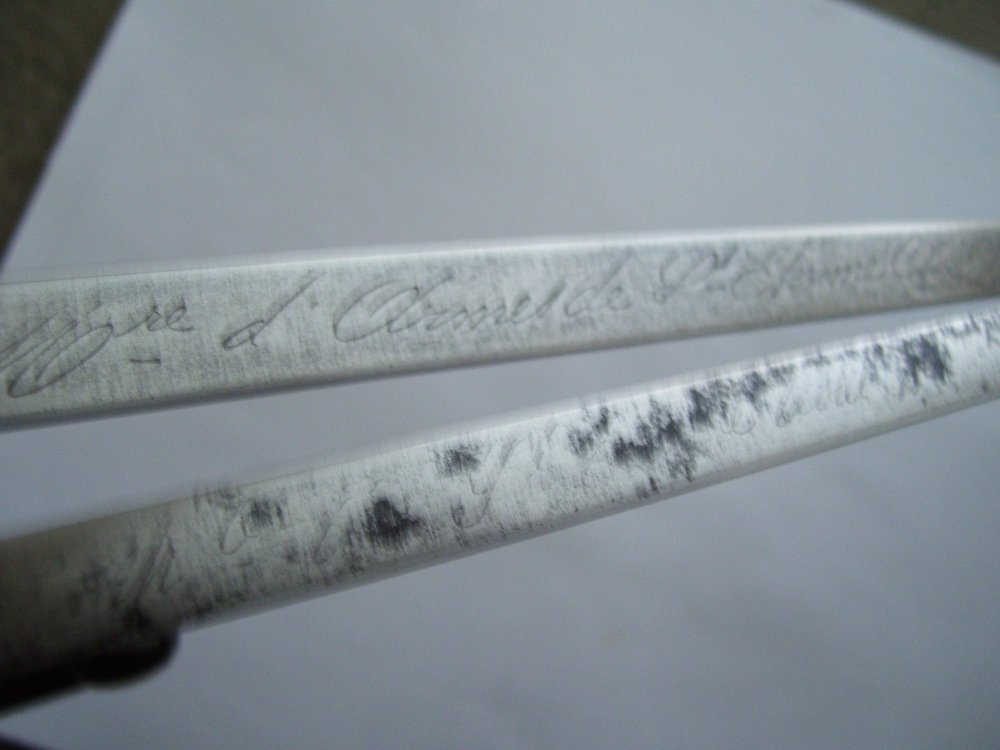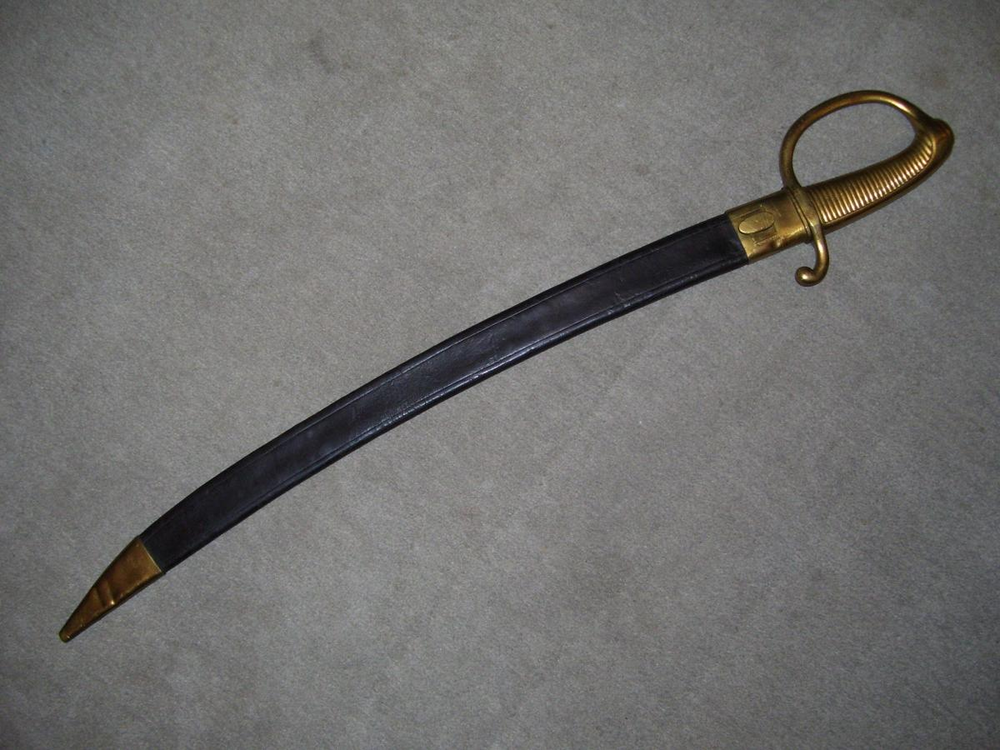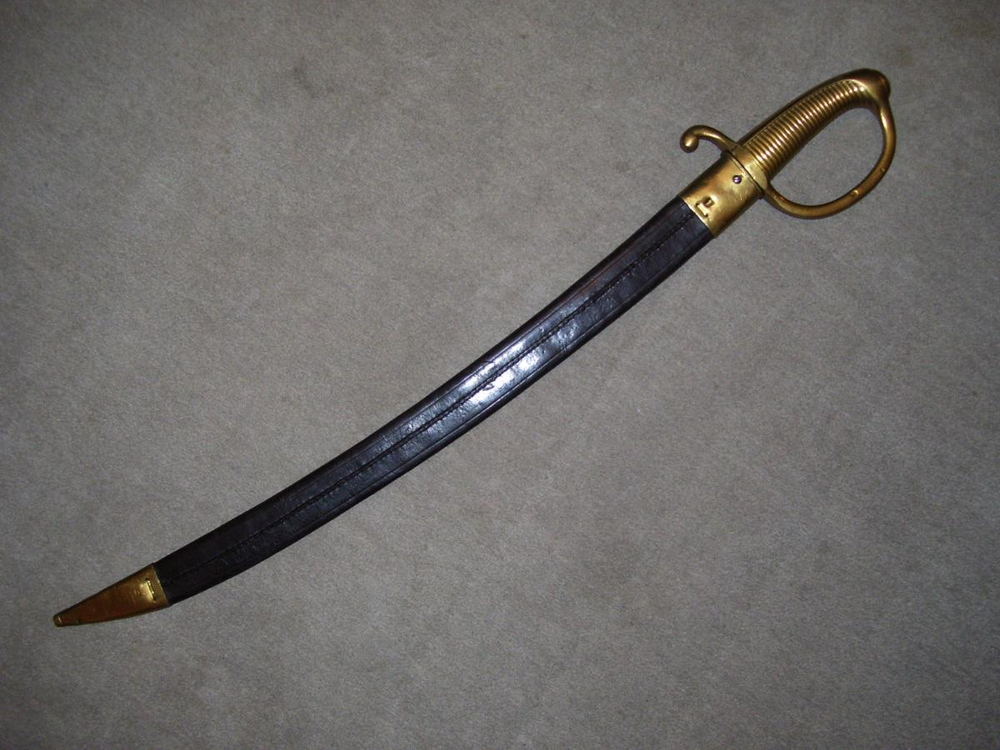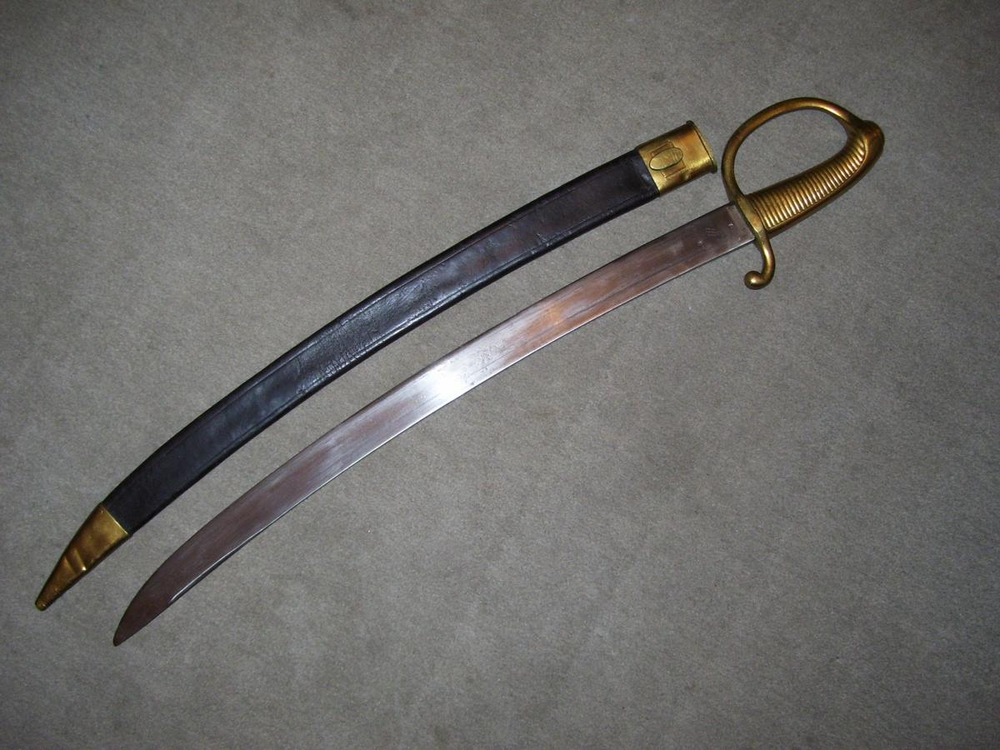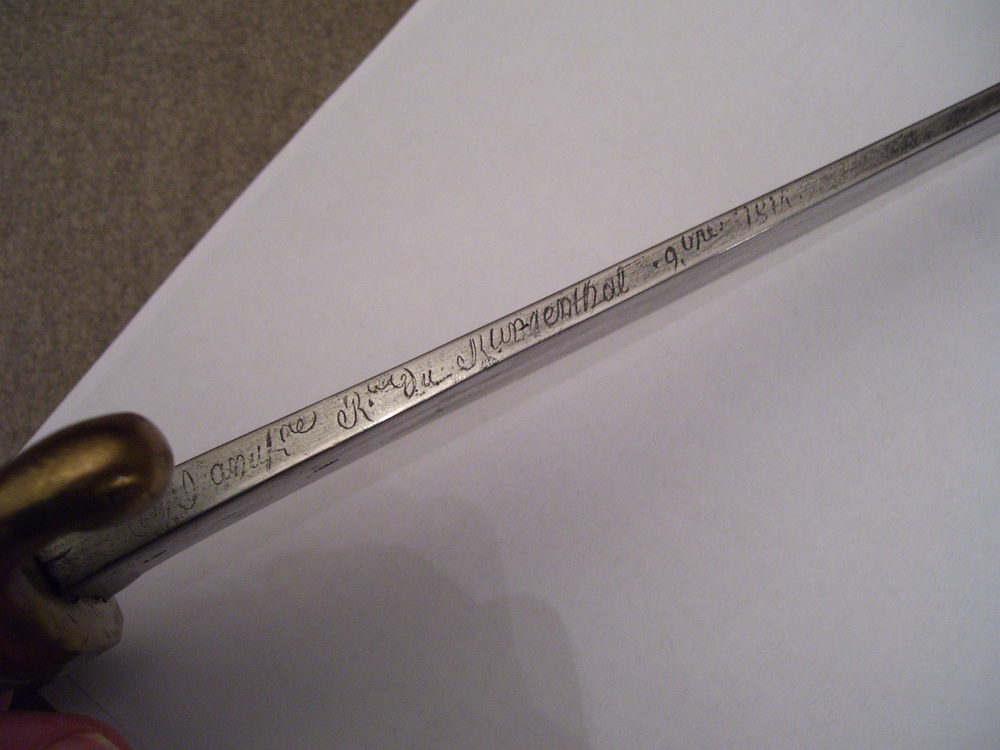Search the Community
Showing results for tags 'French Weapons'.
-

French Cavalry Pistol, Mlle. An 13 (1803)
Fritz posted a topic in De-activated and Antique Guns, Munitions and Fuzes
A Napoleonic period Flintlock Cavalry Pistol Mlle. An 13 - the year 13 after the French Revolution of 1789. Condition is average for the age, overall staining and some smoothed out pitting. The trigger guard is a rough cast brass replacement obtained from a company in Paris many years ago. This was so rough, I had to file and smooth some of the edges and surfaces. There was no screw hole bored, so I got this done with precision by a skilled jeweller, in the Karl-Marx-Allee (E.Berlin), around the corner from where I was living at the time. The part itself was originally made for the Mlle.An.No.9, but I was able fit this, after some carefull filing on this part. It is still not a perfect fit, but a good 90-95%, and not particularly noticeable. Apart from that, the hammer lip screw is an old replacement, but not correct. The ramrod is also not correct, probably from another weapon, and stuck fast. The whole Weapon has been repeatedly cleaned with gun oil (Balistol), with a special oil and wax for the wooden parts. The lock has been carefully removed and soaked in a bath of parafin oil, thoroughly dried and re-oiled, re-assembled. In all the weapon is now in a good state of conservation. The lock with moderate staining, is marked Manufr.Imple.de Chatelleraut, there is a date stamp to the left of the breech end of the barrel 1805 or 6 or 8 ??? All brass fittings are marked with a French Imperial Crown, others have a stamped L.V - possibly Légion 5 ??? It can be assumed that this pistol was captured locally, it could have been in the battle of Göhrde in 1813, which is just across the river Elbe, or even elsewhere. It probably had no further military use, although the Prussians adopted many types of French military weapons, such as swords, muskets and cuirasses, it is not recorded that captured pistols were taken into service. The dealer told me, he got it from a local farmer, probably had been in a barn or somewhere like that for ages. Purchased around 1994 from a Hamburg antiques dealer This jeweller in East Berlin was able to make the final adjustment to the cast brass trigger guard purchased from Le Comptoir de l'Arquebuserie, Paris. The hole for the screw had to be bored with great precision in the right place for fitting the trigger guard to the pistol. The lady looked rather surprised when she saw the items in question! -
A French M.1803 heavy cavalry broadsword - Cuirassier Pallasch. Back of blade with engraving, Manufr. d'Arms de Klingenthal, Juillet 1851. At the back of the flat brass hilt quillon is a V for Versailles ordonnance stamp, further, a small B and No.29. Total length ca. 113 cm. Copper grip binding is missing, orginal grip leather. The scabbard has some pitting and has been somewhat restored and blackened by a previous collector. These weapons were also introduced into the Prussian army after 1814, captured stocks of French weapons were also used after 1870/71. Purchased at a London arms fair in 1984.
-
Two French bayonets from the WW1 period. The example with the hooked quillion and white metal handle is for the Lebel M.1886/93 model rifle. The other example was produced for the new Mannlicher-Berthier M.93/15 rifle, and has no hooked quillion, but will fit both rifles. The blades are cruciform. Both weapons have various ordonance marks, and in very good condition. Quite a few years ago I had both these rifles, the M.1886/93 with the nice solid construction and woowork as well as a nice Berthier M.1916, unfortunately, traded these in for something else. A Berthier Mod. 1892/16 bayonet for the cavalry or artillery carbine. Non-matching serial numbers to scabbard. These models have the shortened hook quillion, probably St.Étiènne made, scabbard is marked with an S. In good arsenal stored condition. These weapons were also used at the beginning of World War 2. Captured stocks of weapons including Berthier carbines were issued to the Volkssturm and many other units in the last days of the war
-
A French M.1777 musket from the Manufr.Imple de Charleville, which at a later date has been shorted to a length of 131 cm. This weapon was discovered in a sorry state in an antique shop in Berlin-Friedrichshain in the year 2000. It has at some stage been captured and re-issued to the Prussian army, as indicated by various marks and shortening. Orginal marking to lockplate has been erased, but still visible, presumably Manufr.Imple. de Charleville . or - St.Ètiènne (?) At the root of the barrel is marked S.G.1.C.18, which presumably is Schloss-Garde, 1.Compagnie, weapon no.18, and a date of 1811. Under the barrel is also a crowned P mark for Magazin Potsdam, where the weapon was altered. The M.1777 saw much service in the Prussian army after 1815, later in use with reserve regiments until after 1870. Has been since well restored. Some pronounced pitting to barrel and buttplate. The hammer is a modern replacement by Pedersoli, the battery spring was re-made by Peter Dyson of England, hand-forged. Difficult to get a full length picture of a long weapon
-
A Chassepot M.1866 sabre bayonet. The back of the blade has the usual engraving of make and date, in this case, barely legibel, Manufr. Imple. de St. Ètiènne, Aout 18... probably 1870. After September 1870, these were marked Manufr.Nationale, as the Emperor Napoleon III was deposed after his capture at Sedan on 2nd September, the republic was declared in Paris. Blade has some staining and pitting, scabbard has some staining, not matched numbering. A Gras M.1875 bayonet. The back of the blade has the inscription, Manufr. d'Armes de St.Ètiènne, Avril 1880.This example in good condition, with just a few small aeas of pitting on scabbard with orginal blueing. Large stocks of these weapons were manufactured, and remaining stocks also used by reserve units in WW1. A French M.1777 socket bayonet from the Napoleonic period. No scabbard remaining. The bayonet has the usual French ordonance marks and a further weapon number, added in later years. This item was purchased from a Danish dealer at a Berlin arms fair in 2001. It can be assumed that this example was one of many captured during the Napoleonic wars and used in another army. The Danish army had previously been under Napoleons command and had used French weaponry, as did some of the German states.
-
An example of a French M. 1803 infantry sabre, which was captured during the Napoleonic Wars 1813-1815, and re-issued. Large numbers of captured French weapons were re-issued by Prussia and some of the other German states. This example is clearly of original French manufacture. The back of the blade has the typical engraving: Manufr. Royale de Klingenthal, Avril 1814 - this was during the 100 day period, when Napoleon was in exile, and the Bourbon Monarchy under Louis XVIII. temporarily restored, so therefore this weapon must have been captured in 1815. Apart from the engraving on the back of the blade, there are marks on the knucklebow of Versailles and a "B" stamp, presumably Bertrand. The scabbard is either orginal or re-worked and has a German type of frog fitting, and is stamped with a "J" under crown, being König Johann von Sachsen. The tip of the scabbard has had the ball end re-worked into a symetrical square shape with a stamped "M" to the underside. The upper scabbard fitting has just above the button an "O" stamp. Weapons of this type were later used by most European armies, with the exception of Britain and Austria. This weapon was obviously used by the Saxon army till about 1873. A unit designation on the rear of the crossguard has been filed out. Has been described in the book about Saxon edged weapons by Klaus Hilbert, Brandenburgisches Verlagshaus, Berlin 1998







